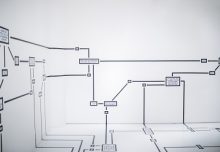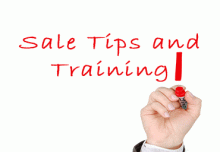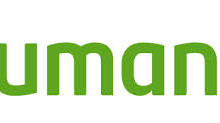Exercising benefits are numerous and affect health, productivity, and overall quality of life. One of the tragedies of working in an office is that there is very little time in the day for exercising. Today we will see the benefits of exercise to the common desk job employee.
Exercising benefits of stretching
Back pain is far too common in the office environment. Lack of proper exercise in the right areas are generally the main cause of these pains. Different pains are relieved through different methods of exercise. A lot of pain in the lower back means tightness over the entire body. There is a muscle that wraps around the waist to the lower back called the T-12 muscle. It is where body tightness is felt most drastically. T-12 is also the cause of lower back pain, one of the major ailments facing the common desk jockey. I suffered from lower back pain along with other aches and pains and learned that stretching or agility workouts will like yoga or P90X work the best. These exercises relieve tension in the whole body allowing the T-12 to loosen up. Stretching has alleviated my back pain and changed how I walk, stand, and even sleep.
Weight-Bearing benefits
My boss had been having severe pain in his elbow whenever he moved or used his arm. It felt like fire was burning inside his elbow. This ailment is commonly known as mouse or tennis elbow and is caused by using a computer mouse and typing for hours on end. My boss was ready to be rid of the pain and found out that weight-bearing exercises like the dumbbell press or bench press cured mouse elbow. This is true because weight-bearing exercises cause joints, muscles, and bones to strengthen. My boss said it was extremely painful to push up the dumbbells because of the searing, fiery pain he was feeling but over time it helped and cured his mouse elbow. He continues to exercise using weights.
Make sure to stay healthy because the healthier you are, the less your premiums will be.
Get affordable health insurance quotes by clicking here.
Or call us directly at 1-888-446-9157
Since insurance is oftentimes overwhelmingly confusing, we want to shed light on this industry by answering YOUR questions. If you have any questions, comment below and your question may be the topic of our next post!






